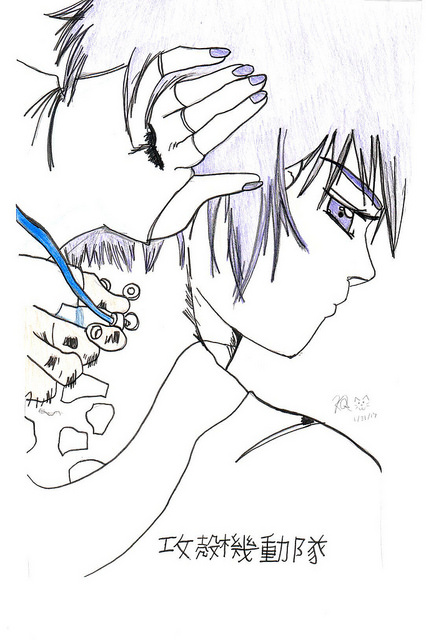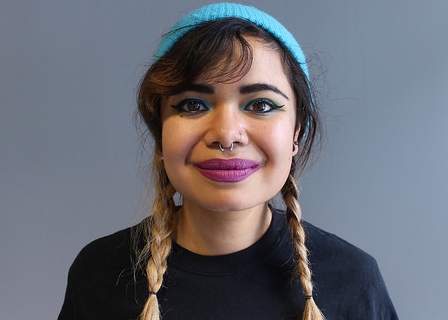The legacy of Ghost in the Shell and rebooting the cyberpunk classic
Fan art of ‘Ghost in the Shell’
February 22, 2017
“Ghost in the Shell” is a 1995 Japanese anime film which served some inspiration behind the 1999 sci-fi film “The Matrix.” This year marks the 22nd anniversary of the landmark cyberpunk anime, as well as the year the live action adaption from Paramount is slated to release.
With the announcement of the live action film, select theaters in the United States re-released the anime for a limited time. Before we anything can be assumed about the new film, it’s important to note what made the original so great, so that fans can figure what to expect without too many predisposed notions.
Originally a manga series by Masemune Shirow, “Ghost in the Shell” follows Section 9, a part of the police department in the year 2029 in which cyborgs are mostly in use over humans. Our lead character and her partner are tasked with tracking down an infamous hacker known only as “The Puppet Master”, who has the ability to hack into cyborgs via their brain or ‘ghost’.
One aspect of the film that makes it so great is attention to detail. Whether it’s water droplets on a character’s goggles after a dive, or the background being full of life during a chase scene. One of the most critically acclaimed scenes is the opening in which our main character is being crafted. The camera doesn’t shy away from every wire and bolt shown in the process, and the audience is immediately immersed into the story.
As with any book, TV show or film, the story is essential. It doesn’t stray too far from Shirow’s original comic series and the anime adaptation retained the main plot and some violent scenes that are necessary to carry on the narrative. The case in the film is a backdrop for our lead who battles her own feelings of estrangement towards herself as a cyborg with human brain cells, and at the climax of the film discovers herself.
However, even with such little information, many fans of the original are in uproar over casting decisions. Most notably, the controversy is over the casting of actress Scarlett Johansson in the main role as the police Major Motoko Kusanagi whilst keeping the Japanese name. Keeping this out, it’s too early and unfair to assume the film will tank.
So long as the adaptation retains the important details from its predecessor, it could be safe to assume that it can do fairly well. From the trailers Paramount has released, it appears as though despite casting, much of Shirow’s vision is still being used and the source material is present.
Although the animated film is held in such high regard, it is far too soon to hold such harsh judgement over the new adaption. While the decision of putting Scarlett Johansson in the role of a Japanese cyborg policewoman can be upsetting, it appears as though the film is still giving its source material credit and deserves a chance. The live action film is slated for Mar. 31.







































































